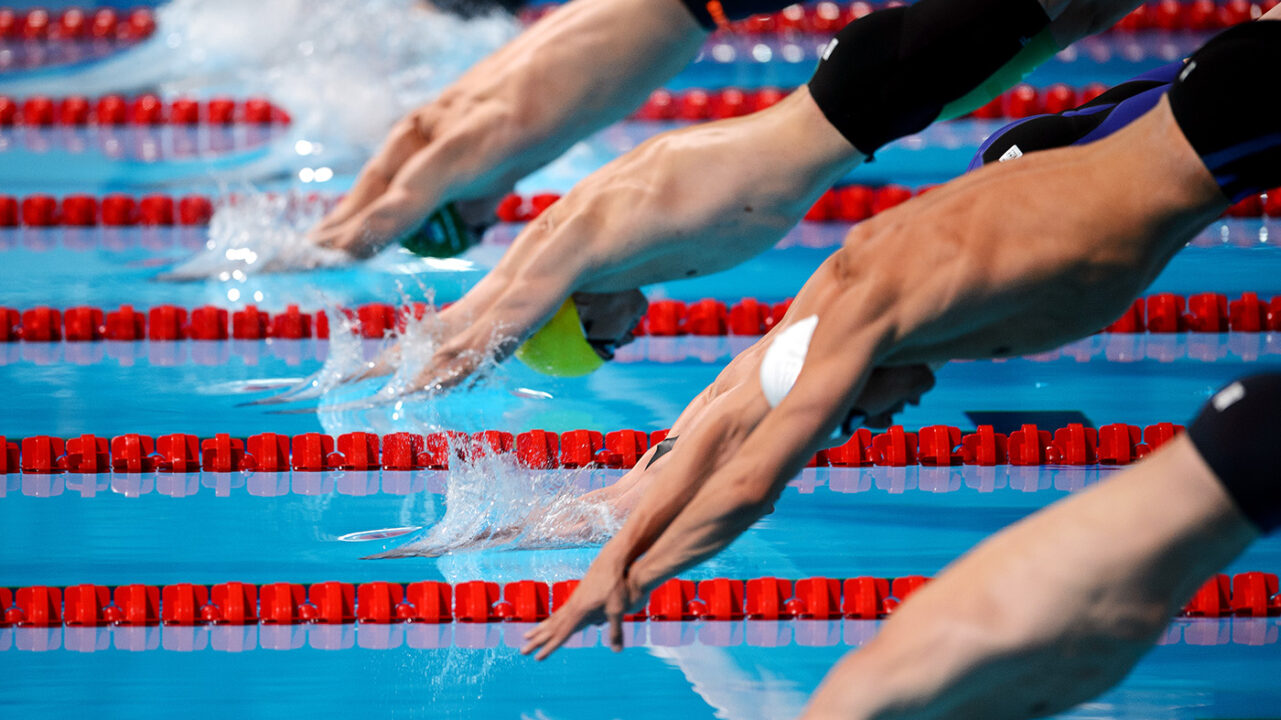Over the past several decades, the sport of swimming has evolved in ways that would leave Johnny Weissmuller scratching his head. For those unfamiliar, Weissmuller was the first man to break one minute in the 100-meter freestyle. Today, that’s a tough interval… on a distance set.
So, what’s changed?
Yes—training has advanced, nutrition and recovery are now science-backed, and even the rules have shifted. But one often-overlooked factor in the performance revolution is equipment—and not just the flashy tech suits that once had parents lining up at dawn.
Let’s talk about something swimmers see every day but rarely think about: lane lines.
That’s right. Beyond the swimmer’s own talent, the single most important factor in a fast pool is the lane line. It defines space, reduces drag, and—most critically—kills waves. That’s called wave energy dampening, and it can make or break a swimmer’s performance.
If you swam in the early days, you’ll remember “lane lines” that were nothing more than ropes with buoys every few feet. They looked like swimming hazards—not wave killers. Effectiveness: zero.
That changed in 1974 when Keifer introduced the first generation of modern lane lines. (Image: 1974 lane line) Then, in 1976, Malmsten partnered with Keifer to debut these lines at the Montreal Olympics. This was game-changing: 74.5% wave energy dampening.
But Tommy Malmsten, a coach and true advocate for the sport, didn’t stop there.
In 1992, at the Barcelona Olympics, Malmsten introduced the 6-inch disc lane line. (Image: Barcelona lane line) With a 50% larger radius, it dramatically improved performance—achieving 87.5% wave energy dampening.
And still, they weren’t done.
The team kept pushing, testing prototypes that didn’t always work. But innovation is trial and error. It’s costly, time-consuming, and born from a genuine love of the sport.
Then came the breakthrough: the third-generation Malmsten lane line. It now leads the world with an incredible 90.5% wave energy dampening.
As Simon Percy, VP of Malmsten Inc., puts it:
“Swimmers and coaches are always innovating. We’re proud to contribute. It would be easy to rely on old tech, but progress demands effort—and seeing faster times makes it all worth it.”
So next time you dive into a pool, take a closer look at the lane lines. They might just be the unsung heroes behind your best times.
Courtesy of Malmsten, a SwimSwam partner.




